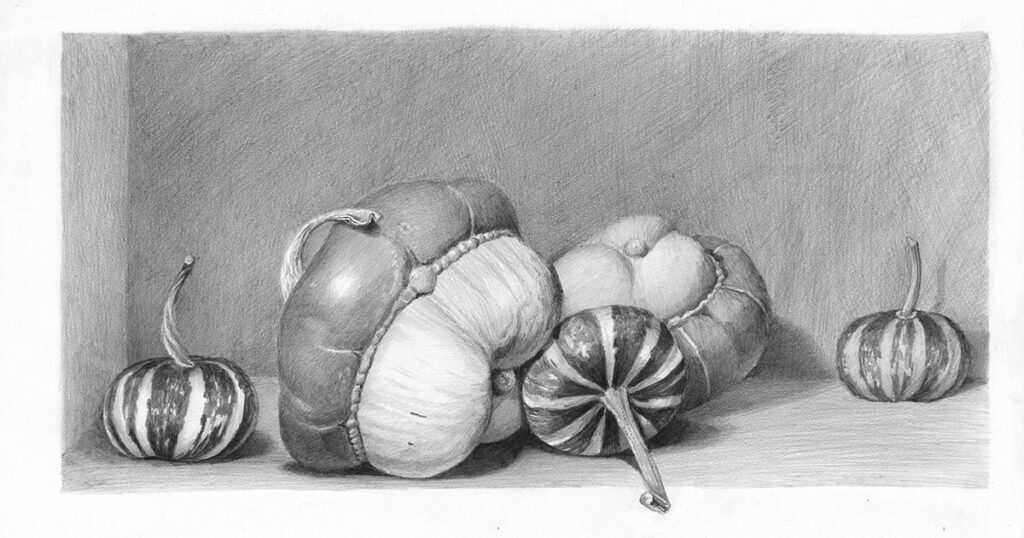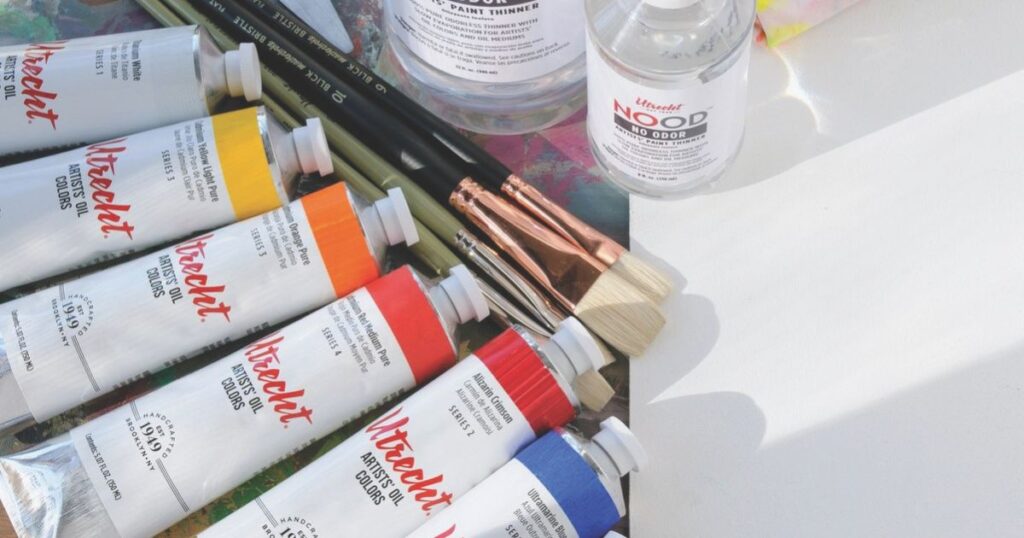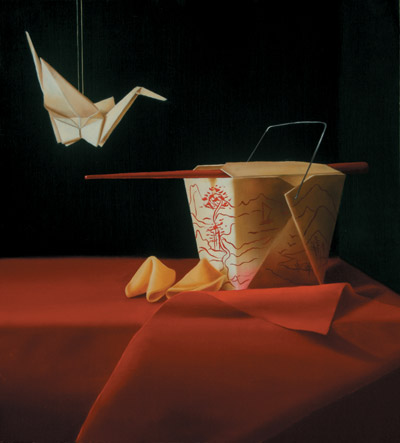Get Started With Stippling
Stippling is a drawing technique in which areas of light and shadow are created using nothing but dots. The basic idea is simple: For darker areas, you apply a greater number of dots and keep them close together. Then for progressively lighter areas, use fewer dots and space them farther apart. While it can be used with a variety of media, stippling is often associated with pen-and-ink work. In particular, the fine, sharp dots produced by technical pens are a natural for this approach. (In general, you’ll find that the finer the dot, the better the grade of the tone.)
Stippling works well for virtually any subject. It can be used to create a wide range of tonal effects, from very dark images like the drawing of the church below to subtle, sensitive pieces such as my rendering of the hand at right. If you’ve never tried stippling before, it’s a good idea to practice creating a value scale, as in the example at bottom, before moving to more complex subjects. Try to keep the transitions smooth without leaving gaps between the values. As you work, keep your pen vertical to the paper so you don’t produce any unwanted “tails” on your dots. Above all, take your time. One of the main advantages in stippling is that you can see—and correct—any problems before they occur. If you work too quickly, that advantage is compromised somewhat. One final word: When stippling, it’s OK to create an edge with a line if you need one. But be sure to stipple to the line so that any outline disappears in the finished piece.
 Subtlety at Your Fingertips: I used a very light stippling approach to create this drawing of a hand. All of the forms are there, but they’re very subtle. Even the shadows under the hand have a gentle look. Before taking on more complex projects, refine your stippling technique by creating small value scales like the one shown here. The tones should flow into one another without choppiness or visible separations.
Subtlety at Your Fingertips: I used a very light stippling approach to create this drawing of a hand. All of the forms are there, but they’re very subtle. Even the shadows under the hand have a gentle look. Before taking on more complex projects, refine your stippling technique by creating small value scales like the one shown here. The tones should flow into one another without choppiness or visible separations.
Artist/instructor/author Lee Hammond has written eight books, including Lifelike Portraits From Photographs, Portraits in Colored Pencil and Draw Real People! (all published by North Light Books.)





Have a technical question?
Contact UsJoin the Conversation!